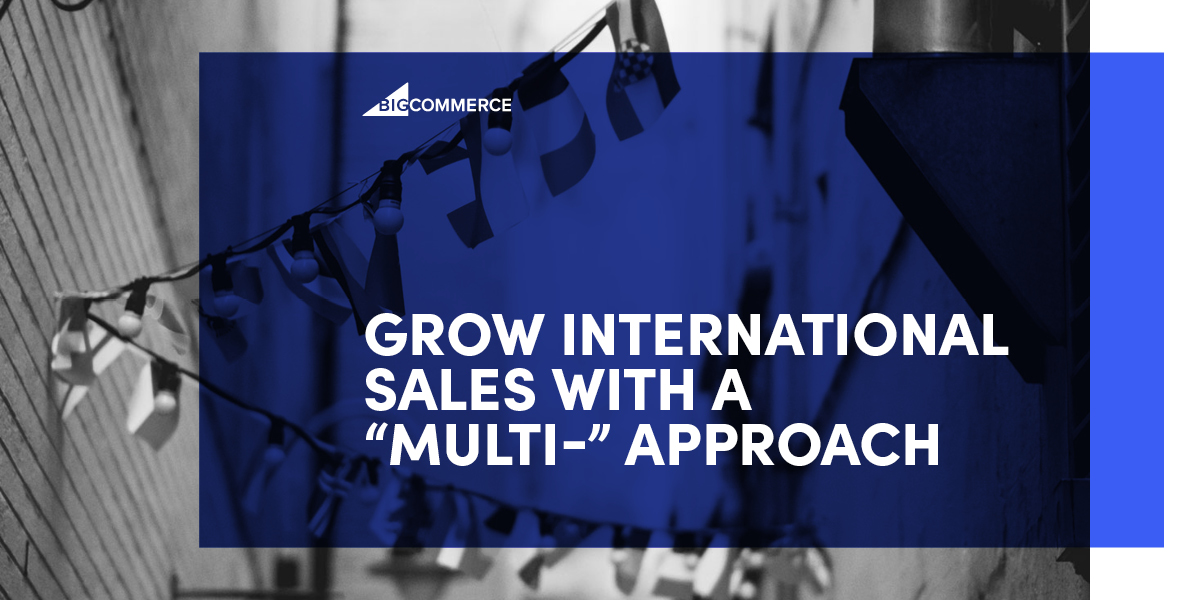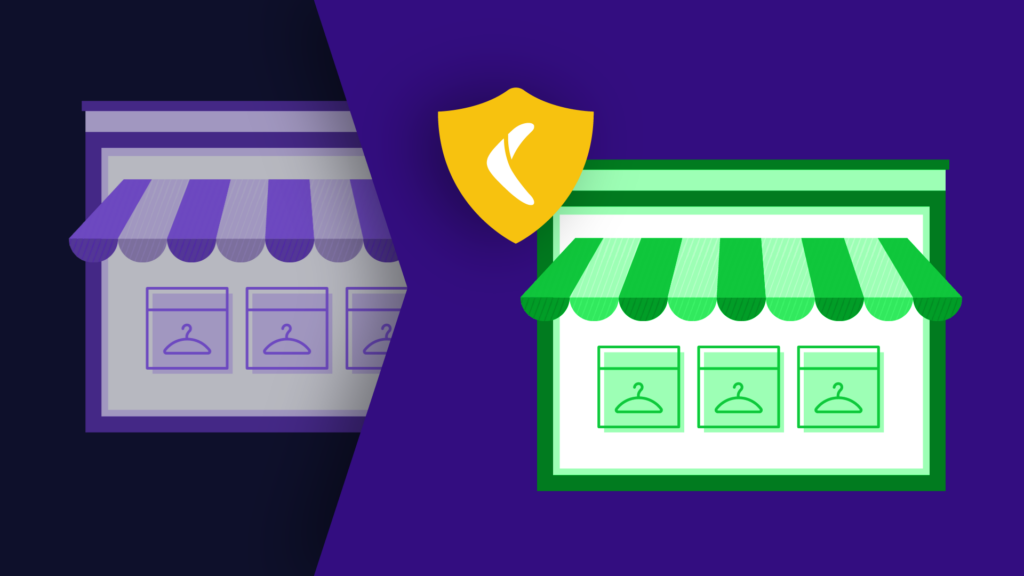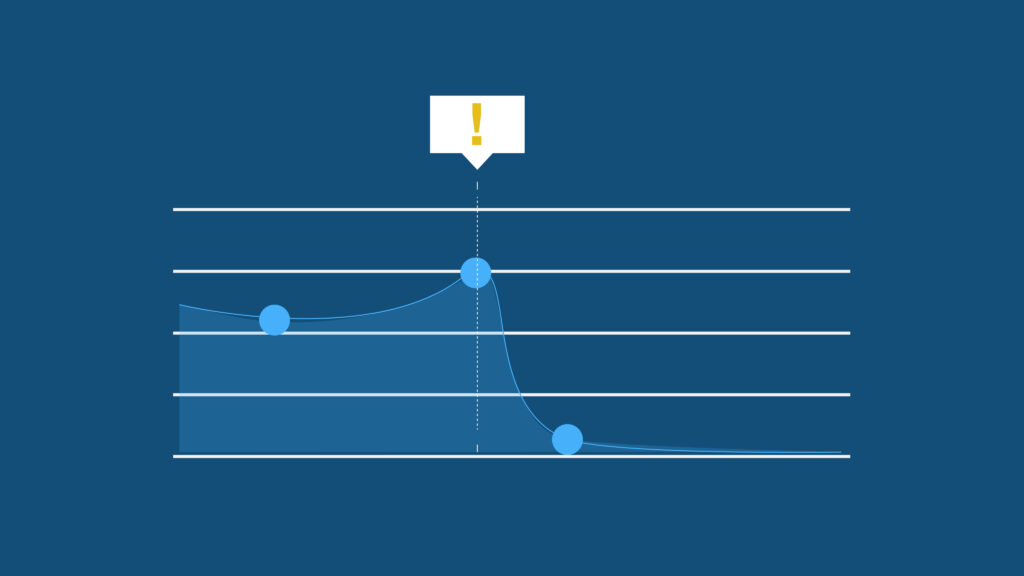Traditional retail stores are slowly opening back up, yet the people flocking to online shopping, has only sped up. And the demand for certain products is off the charts. The guide Elevating Your Ecommerce Business During the Global Pandemic, highlights that essential medical supplies (440%), household cleaning products (220%), and baby products (200%) have all seen a significant rise in consumption. If local supplies run out, shoppers can simply open their phone and buy from anywhere in the world.
Even before the global pandemic, ecommerce had been growing outside the western hemisphere. According to Nielsen, 57% of shoppers have made purchases from an overseas retailer. An average of 63.4% of European consumers have purchased a product overseas, followed by Asia-Pacific (57.9%), Africa (55%), Latin America (54.6%), and North America (45.5%).
In 2020, global ecommerce sales are expected to top $4.2 trillion USD, even before the pandemic. By next year, more than 2.1 billion shoppers are expected to purchase goods or services online. Asia-Pacific has seen a 25% growth in ecommerce sales with Latin America (21.3%) and the Middle East and Africa (21.3%) tied for second. Mexico has seen the largest growth in ecommerce sales at 35% with India (31.9%) and the Philippines (31%) coming in second and third.
To capitalize on this growth in other markets, its critical ecommerce stores cater to the global community. One way to do this is to offer multi-currency and multi-language support. Likewise, having a multi-site approach, or different websites for different regions, can allow for tailored user experiences based on the consumer’s country.
While the US dollar is a common standard in business, it can vastly skew the retail price at first glance. For example, an item that is shown as costing $25.00 USD can cost as much as $35.68 AUD (Australian dollar) and $564.03 MXN (Mexican peso). As well, currency conversions are constantly changing and will not accurately reflect the price of the product.
Although roughly 15% of the world’s population speaks English (1,132 million speakers), Mandarin (1,117 million), Hindi (615 million), and Spanish (534 million) come second, third, and fourth respectively. French has 280 million speakers while Standard Arabic has 274 million. Providing a multi-language experience will make your store more accessible to non-English speakers.
As we noted, Asia-Pacific, Latin America, and the Middle East and Africa have seen the largest growth in ecommerce sales. Catering to non-English speakers builds trust and gives your store an edge over the monolingual competition. It isn’t enough to rely on the user to use an in-browser translator. Mistranslation can result in a spike in bounces or abandoned carts.
Developing a multi-site experience that caters to the non-English speaking consumer doesn’t have to be a difficult experience. Likewise, the eBook, Elevating Your Ecommerce Business During the Global Pandemic, offers more insights into how to expand your business beyond the traditional North American market.

 BigCommerce">
BigCommerce">


